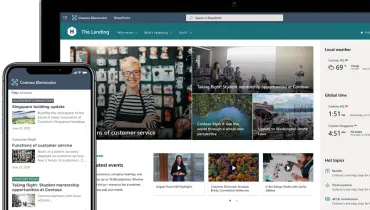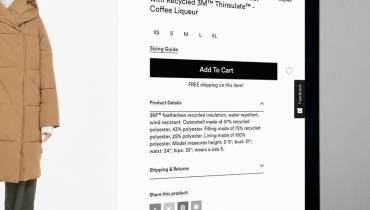Amazon PPC Ads Optimization - Guide for Better Sales & Visibility
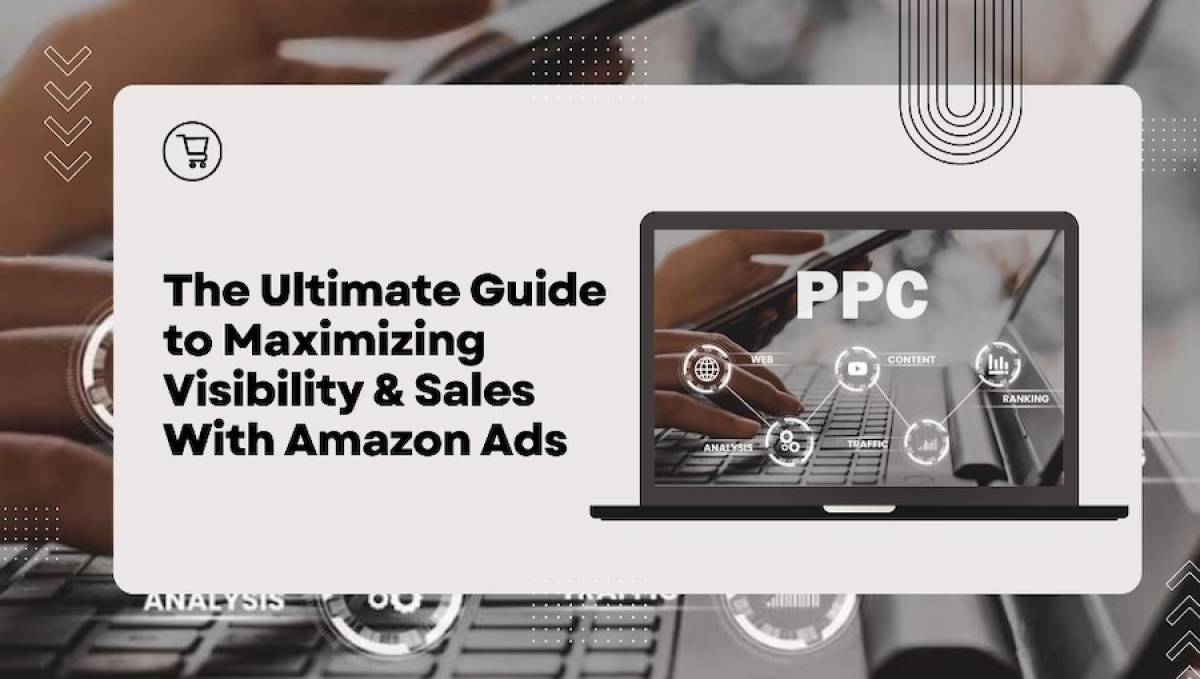
Amazon is a bustling marketplace where millions of people shop daily online, facilitating savvy business owners to build successful and even 7-figure businesses. However, within this vibrant hub of eCommerce, brands confront a unique challenge.
The presence of numerous brands offering similar products creates a hyper competitive landscape. This is where Amazon ads come in – a solution to elevate your campaigns on the platform for better visibility and increased sales.
Amazon has transformed the landscape of digital advertising, even posing a challenge for advertising giants Meta and Google. In 2022, Amazon’s global ad revenue reached 38 billion U.S. dollars, which is nearly double the 2020’s numbers.
However, the big question is how to leverage Amazon advertising to fetch maximum visibility and sales. This post will provide answers to this, and also guide you with best practices on how to master Amazon ad management.
Let’s begin…
Amazon Advertising Options & PPC Ecosystem
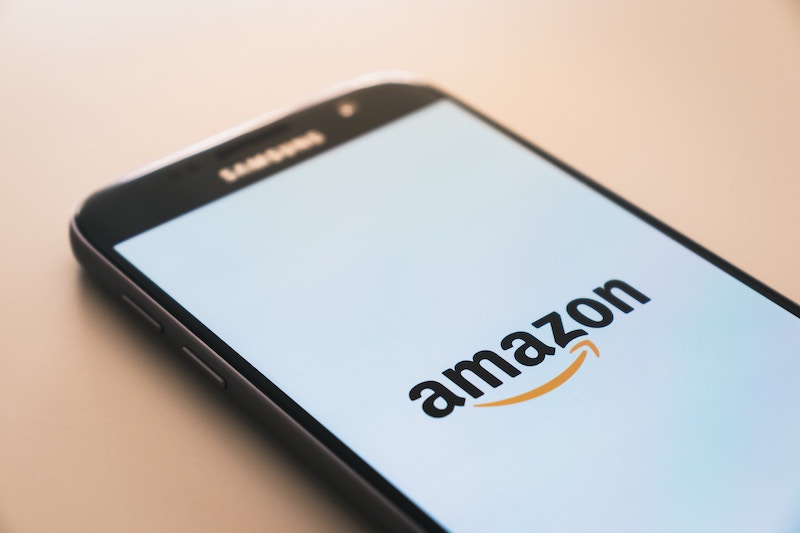
Among the many pay per click (PPC) advertising options on Amazon are:
1. Sponsored products
Using sponsored products, sellers can position their goods right where potential buyers are actively looking, that is on the shopping results pages and product details pages. This creates a targeted pathway for prospects to discover and explore the brand’s offerings.
Sponsored product ads integrate so well with Amazon’s platform that they do not even appear like an ad. This approach is so practical that it accounts for 76% of all ad spending by sellers on Amazon, according to a report by JungleScout.
2. Sponsored brands
Sponsored brands is an effective advertising format for businesses that want to increase brand visibility. Such advertisements have grown in popularity over the years, with 38% of third-party Amazon sellers now using them.
These ads feature your brand's logo, an engaging and unique headline, and a carefully curated array of products. Their presence at the top of search results is highly noticeable and leaves a lasting impression on customers, greatly enhancing their recall of your brand.
3. Sponsored display ads
Sponsored display ads are a powerful option for increasing your reach beyond the limitations of search results. These highly appealing, image-based advertisements appear on Amazon's platform alongside other affiliate websites. Their compelling nature can captivate prospective customers even when they are not actively searching.
An additional facet of sponsored display ads is their unique capability to target users who have previously shown interest in your product or similar items. Suppose you sell premium headphones through Amazon. You decide to utilize Amazon's sponsored display advertising solution to increase conversions. Your visually appealing display ads showcase the sleek design and high-quality sound of your headphones.
As shoppers explore related electronics blogs on external websites, your display ad strategically captures their attention. The ad's compelling visuals and a limited-time discount offer intrigue them, even if they hadn't been actively looking for headphones. This effective sponsored display campaign helps you engage shoppers both on and off Amazon, driving brand recognition and boosting sales for your headphones.
4. Amazon's demand-side platform (DSP)
Amazon DSP is a platform that allows advertisers to programmatically purchase display, video, and audio ads on and off Amazon. It offers advanced targeting options, including audience segmentation based on demographics, behaviors, and interests.
Advertisers can use DSP to target customers who have viewed similar products, searched for specific keywords, or made a specific purchase. DSP also offers real-time analytics and reporting, allowing advertisers to monitor the performance of their campaigns and adjust their strategies accordingly.
Tips & Best Practices to Create Amazon Ads that Convert

With the foundation laid, let's now dive into the art of using Amazon PPC in the best possible way to convert browsers into buyers and maximize visibility and sales.
1. Thoroughly research keywords
To get more visibility using Amazon PPC ads, it is crucial to ensure that your keywords match the search intent of your target audience. Therefore, you must start by meticulously researching and compiling an exhaustive list of relevant keywords.
For instance, while researching keywords for a smart fitness tracker, grasp the market, competitors, and trends. Then, leverage Amazon's search reports for top-performing keywords. Further, use advanced tools like Google Keyword Planner and Semrush to fine-tune the selection with data-driven suggestions.
Analyze competitors to identify keywords that they use. After all this, you will have a list of primary, secondary, and long-tail keywords, like “smart fitness tracker,” “GPS fitness tracker,” “best smart fitness tracker for exercise,” etc. Incorporate them with your product's unique features to boost visibility.
2. Showcase the right products
When creating effective Amazon PPC campaigns using sponsored brand ads, the key is to choose your products wisely.
Start with your best seller to grab attention and build credibility, showcase a promising product with low visibility but good conversion, and introduce a new product to drive traffic and boost sales. This thoughtful selection can make a significant difference in the success of your campaign.
Suppose you own an electronics brand. You can start by showcasing a flagship smartphone as the best-seller, moving to the second placement, which could be a high-performing yet overlooked wireless earbud model, and lastly, unveiling an innovative smart home device.
3. Segment and target
Segment your campaigns into well-defined ad groups based on specific criteria, such as product variations, keywords, or themes. Doing so allows you to craft tailored ad copy, set optimized bids, and allocate budgets more strategically.
Leverage Amazon's targeting options, including automatic and manual targeting, to reach your desired audience segments precisely. For example, if you're selling outdoor gear, you could have ad groups for hiking boots, camping tents, and biking accessories, each with custom ad copy and budgets, ensuring that your ads effectively reach the right customers.
4. Craft compelling ad copy and imagery
Mastering the skill of creating compelling ad copy starts by concisely showcasing your product's unique selling points (USPs) and skillfully integrating pertinent keywords. This process extends to crafting effective and catchy headlines that enthrall potential customers.
Complement the persuasive copy with high-quality product imagery, highlighting features and benefits to boost click-through rates and conversions effectively.
5. Strategically manage bids
Execute a well-calibrated bidding strategy that balances the goal of prominent ad placement with maintaining profitability. Continuously monitor performance data and adjust bids as needed. Implement bid adjustments based on keyword performance, device, location, and time of day to optimize your budget allocation for maximum conversions.
Let's consider managing online advertising for a portable blender being sold on Amazon. The objective is to enhance sales for the blender, while staying within the budget. You'd identify effective keywords related to healthy living and on-the-go nutrition, allocating higher initial bids to keywords with a track record of generating clicks and conversions. Observing that the blender performs exceptionally well during summer months and on weekends, you'd adjust bids upward for those periods.
Additionally, you discover that the blender is more popular in coastal regions, prompting you to allocate more budget to those areas and fine-tune bids for optimal visibility. Ongoing A/B testing of ad content and landing pages would be executed to continuously optimize the campaign's performance.
6. Exclude negative keywords
Regularly assess the search terms triggering your ads and identify irrelevant or low-converting keywords. Incorporate these as negative keywords to prevent the wastage of ad spending on unproductive clicks. This proactive approach directs your budget toward high-potential opportunities, ultimately increasing conversion rates.
For instance, an eCommerce shoe store could weed out terms like "shoe repairs" or "shoe donations" to focus on attracting genuinely interested customers and boosting sales, staying away from irrelevant traffic.
7. Optimize product listings
Elevate your quality score by optimizing every aspect of your product listing. Enhance product titles, bullet points, descriptions, and backend keywords with strategically selected high-converting keywords.
The result: improved ad relevance, placement, and cost-effectiveness.
8. Conduct A/B testing & experimentation
Instigate continuous improvement through A/B testing. Experiment with ad copy variations, imagery, landing pages, and targeting options to ascertain the most effective combinations. This empirical approach allows you to refine your campaigns based on data-driven insights, elevating conversion rates over time.
9. Optimize ads for mobile
According to Amazon’s insights, in 2021, 69% of the total Amazon store visits were made from a mobile device. To maximize the effectiveness of your marketing efforts, it's imperative to adjust every aspect of your strategy for mobile users. This includes optimizing your ad creatives, refining landing pages, and enhancing product listings to cater specifically to mobile interfaces.
10. Execute seasonal and festive campaigns
A study by Amazon found that the average conversion rate for sponsored products ads during the festive season was 16% higher than in the pre-festive season.
You can ride this wave by leveraging the power of timely campaigns tailored to seasonal events, holidays, and emerging trends.
Modify your keywords, ad copy, and budgets to align with heightened consumer interest during these periods, optimizing your campaign's impact.
11. Continuously monitor and refine
Amazon PPC optimization is an iterative process. Monitor campaign performance, adjust bids, refine keywords, and refresh ad creatives to stay attuned to market dynamics and evolving consumer behaviors.
You can continually fine-tune your campaigns for optimal conversion rates by maintaining a proactive stance.
Best Approaches & Tips for Amazon PPC Management
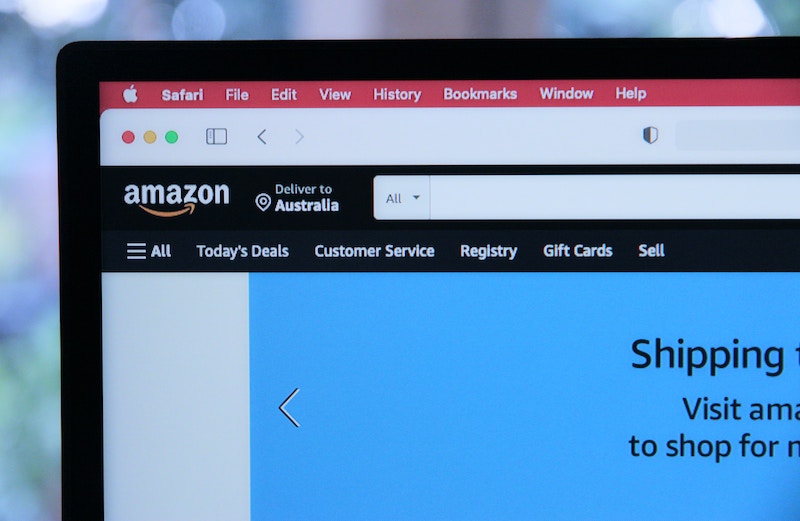
1. Consider hiring an in-house Amazon PPC expert
When optimizing your Amazon PPC campaigns, one option is hiring an in-house PPC expert. This option is ideal if you have the monetary resources and campaign volume that warrant dedicated attention.
An in-house expert can focus solely on your campaigns, ensuring that the deployed strategies for Amazon ad management are aligned with the brand’s goals. They conduct thorough keyword research, refine your campaigns, and stay updated with the latest trends. This approach provides direct control over managing your Amazon PPC campaigns, while maintaining a deep understanding of your brand's needs.
2. Outsource to a specialized Amazon PPC agency
Engaging an external Amazon PPC agency can provide a specialized focus on managing your campaigns. A reputable agency possesses expertise in Amazon ad management and offers comprehensive Amazon PPC services.
These service providers have experience across various industries and can offer insights into effective Amazon ads management strategies. They will perform keyword analysis, refine your Amazon PPC campaigns, and monitor performance closely, adjusting campaigns for optimal results.
3. Utilize Amazon PPC automation tools
Leveraging Amazon PPC automation tools streamlines campaign management by integrating technology into the process. These tools help automate repetitive tasks, such as bid adjustments and keyword monitoring. They facilitate the creation of effective Amazon PPC advertising strategies by using data-driven insights to optimize the campaigns.
Automation tools can significantly enhance your Amazon ad management efficiency, saving time and resources. However, using these tools requires a certain level of understanding of Amazon PPC management to set up and monitor them effectively.
Utilizing the human-in-the-loop approach along with the use of Amazon PPC automation tools can enhance overall campaign management.
In Conclusion
Boosting sales and visibility with Amazon ads demands a deeper understanding of its ad options, PPC ecosystem, as well as crafting strategic campaigns and optimizations. It also calls for adaptability to its ever-evolving marketplace landscape.
You can leverage the services of Amazon PPC management agencies to handle your ad campaigns. This can be cost-effective and ensure optimal outcomes, considering you get access to seasoned professionals who know their stuff and need no training.
Remember, this journey is a fluid cycle of learning, refining, and aligning with emerging trends. A dedicated focus on Amazon ad management can be the key to sustained growth.









